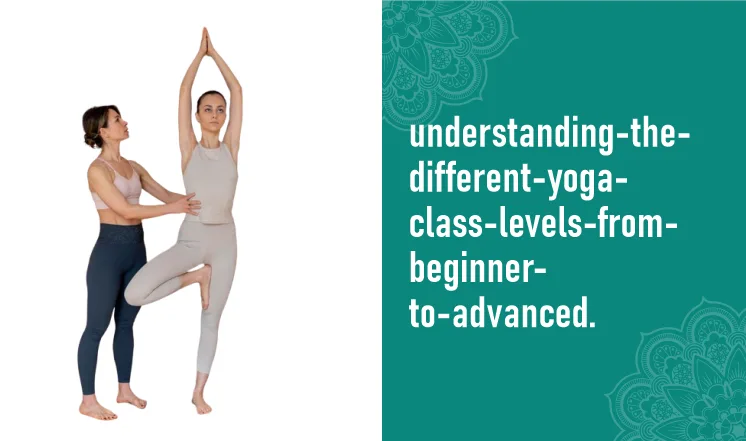Understanding the Different Yoga Class Levels: From Beginner to Advanced
Elementum nisi quis eleifend quam adipiscing vitae proin sagittis nisl. Integer feugiat scelerisque varius morbi enim nunc. Odio euismod lacinia at quis risus.

Facebook
Twitter
LinkedIn
WhatsApp

